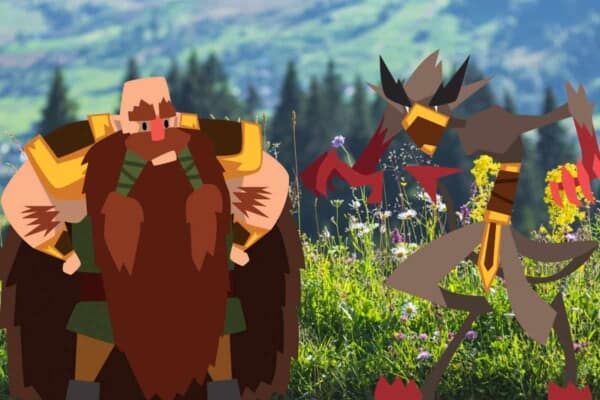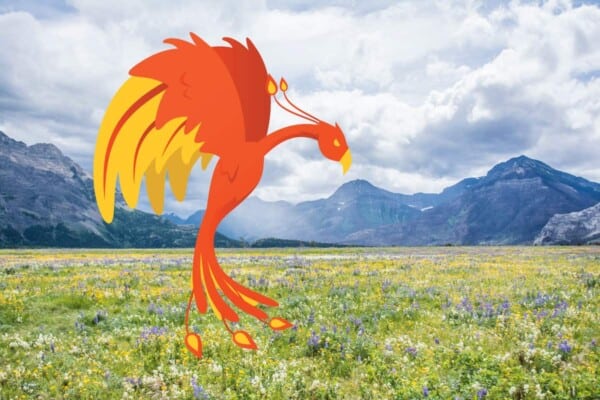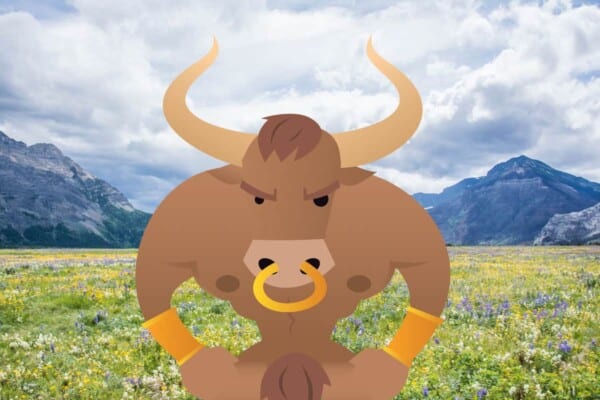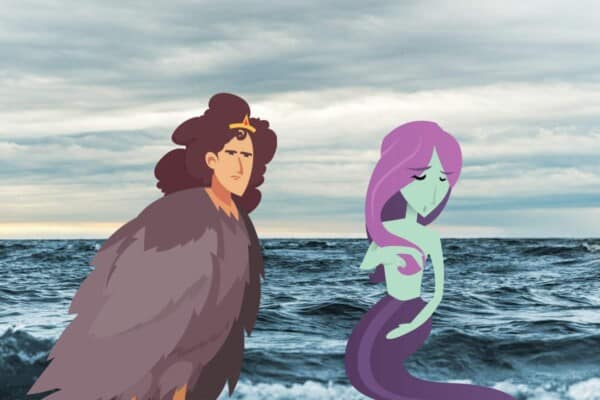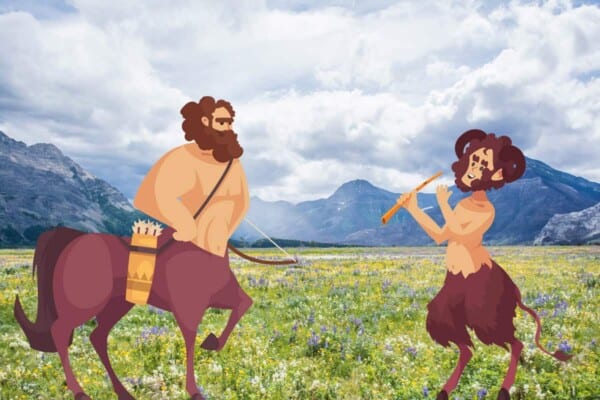Norse mythology laid its grounds in their myth of giants. Ymir, the first giant and Surtr, the fire giant played their own integral roles in their course of history.
Ymir is the first giant in Norse mythology. He is responsible for the creation of all other giants but also the gods and even the universe. Surtr on the other hand is the facilitator of human creation as well as the Earth. Ymir brought Surtr into existence, but Surtr was the reason for the end of Ragnarok. Ragnarok in Norse mythology is the destruction of the cosmos and marks a new beginning with Surtr’s flames engulfing the universe. He made way for Ymir’s body to become the different parts of the new universe they had inadvertently created.
In the following we take a look at the differences between the two giants and the roles that they played in Norse mythology.
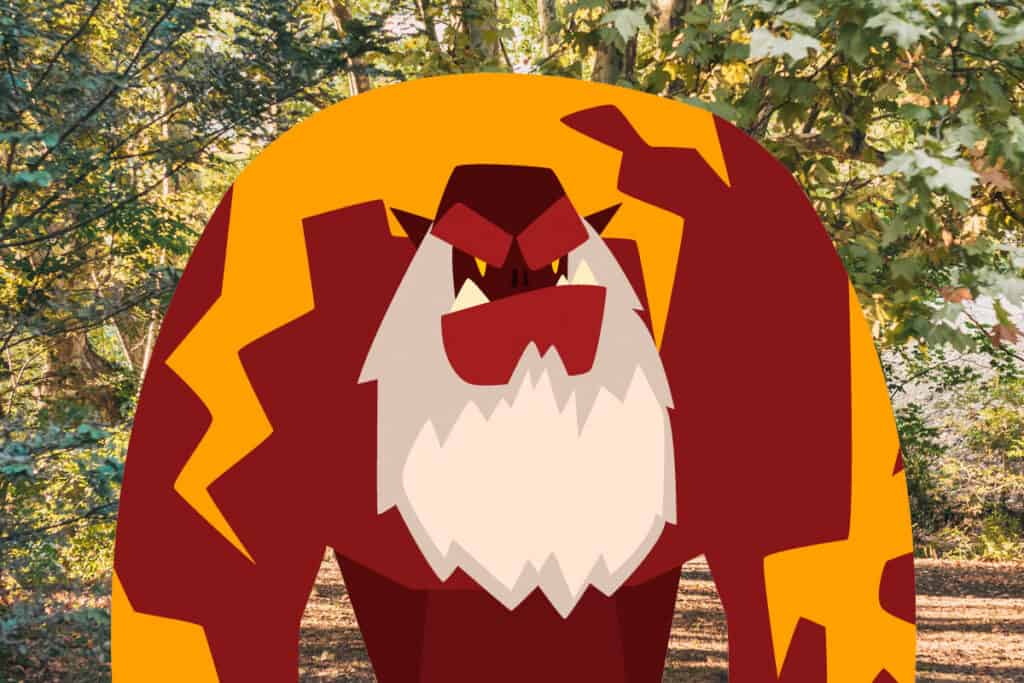
What is the Difference Between Ymir and Surtr, Really?
— Giants Galore
Ymir and Surtr (or Surtr) are both giants in the Norse mythological world. Ymir is the first giant as well as the first creature brought into creation according to popular beliefs. Ymir is a hermaphroditic creature, but is usually referred to as “he”. Promptly upon creation, Ymir began to have children asexually. Creatures of all kinds (especially giants) would pop out of his armpits, legs, anywhere there was sweat, and anywhere else someone could think of. All gods in Norse myth are said to be from giants, Ymir in particular as well. All threads lead back to Ymir in this world. It’s argued whether Surtr is the half brother or the son of Ymir.
Resources clash on this fact, however, given the nature of Ymir’s offspring it can be assumed the latter is more likely. However, the alternative story believes that Surtr came before Ymir. As the story goes Surtr showed up in the darkness, touching the world with his sword to create the realm of fire. The realm eventually got close enough to the realm of ice that Ymir was frozen under. Once close enough the fire caused the ice to melt which released Ymir from his frozen prison. So, it is possible that Ymir and Surtr could be half’-brothers, but there is no way to be certain.
Both giants played an important role in Ragnarok. Ymir in that none of the events would have happened had he not been there for the creation of the world it involves. Surtr in that he is the catalyst for the battle ending and humans and the Earth being created. Although they both play a role in the same battle, their roles are very different and they each hold their own significance to the world.
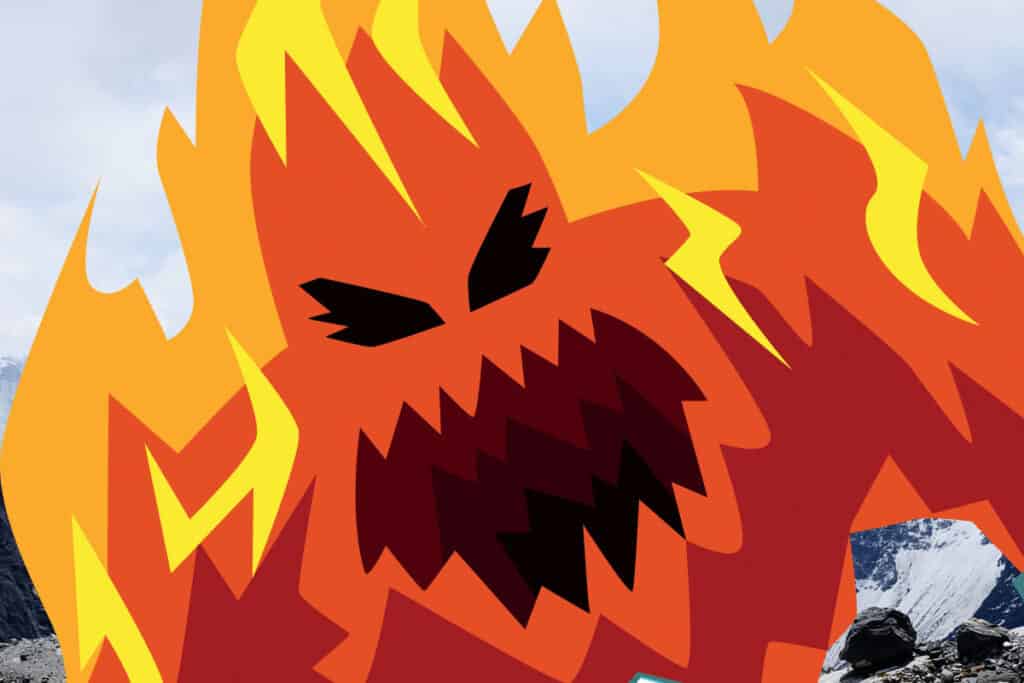
— Powers and Abilities
Ymir and Surtr are on the opposite of two ends. Ymir is a giant of ice and cold. Although he was born from both fire and ice, the ice overruled. Sometimes he was depicted with an axe made out of ice, other times he didn’t have a weapon at all. It is said that Ymir could control the weather to create ice storms, something that proved detrimental during Ragnarok. Eventually Odin, Villi, and Ve would be the gods to kill Ymir. These gods were the grandchildren of Buri, a man released from the same ice Ymir was released from.
Surtr is the giant of fire, often depicted with a flaming sword. This sword is said to have been lost at the bottom of the ocean after the end of Ragnarok. He prophesied that he would be the end of Ragnarok and kill the god known as Freyr. This did come to fruition as his flaming sword destroyed the cosmos, engulfing the world in flames to create a new world. Historians have thought of him as the “volcanic fire of the Underworld”. Iceland had a lot of volcanic activity during ancient times when these beliefs were more prominent. This lead into a heavy belief of Surtr and his role. Some sources refer to Surtr as the King of Fire.
— Origin Story
Ymir is regarded as the creator of the universe. After his death during Ragnarok his body became the foundation. The gods that killed him fashion the universe from his body. His skin became the earth. His sweat (or blood depending on the version) became the sea. His bones became the mountains. The trees came from his hair. His skull became the sky. Ymir is supposed to be a personification of chaos before creation. This makes sense with him being a giant. The role giants play in Norse mythology is one of chaos and destruction. His demise is what led to the creation of humans and the Earth.
Surtr facilitated the rebirth of the universe that allowed for Ymir’s body to become the new universe humans reside in. Surtr is often associated with Christianities, Satan. He was said to be jötnar, which in Norse mythology is the equivalent of malevolent beings. The jötnar were creatures that were part of a clan in which they all had the same view. There were two other classes called the Aesir and the Vanir. These two classes were generally seen as good and peaceful, especially among one another. That could be the devil or demons, basically the opposite of “positive” gods. Although all roles play a role of chaos in Norse mythology, Surtr puts the silly antics of the others to shame. To fulfil his role as a walking terror and chaos, Surtr is the godfather of Loki. In case you’re not familiar, Loki is the god (or half god, depending on the source) of chaos and tomfoolery.
The most important thing to keep in mind when dissecting these tumultuous details of Norse mythology is that they contradict one another. This is not necessarily by design, but isn’t a mistake either. The way these stories come together help paint a larger picture of a complicated world that has nuanced morals. The contradicting details like whether Ymir or Surtr comes first is a reflection of the division the people who believed in these gods held.



